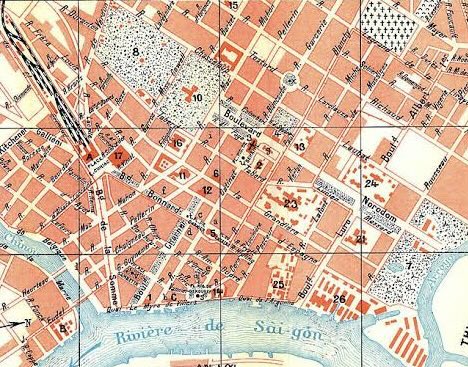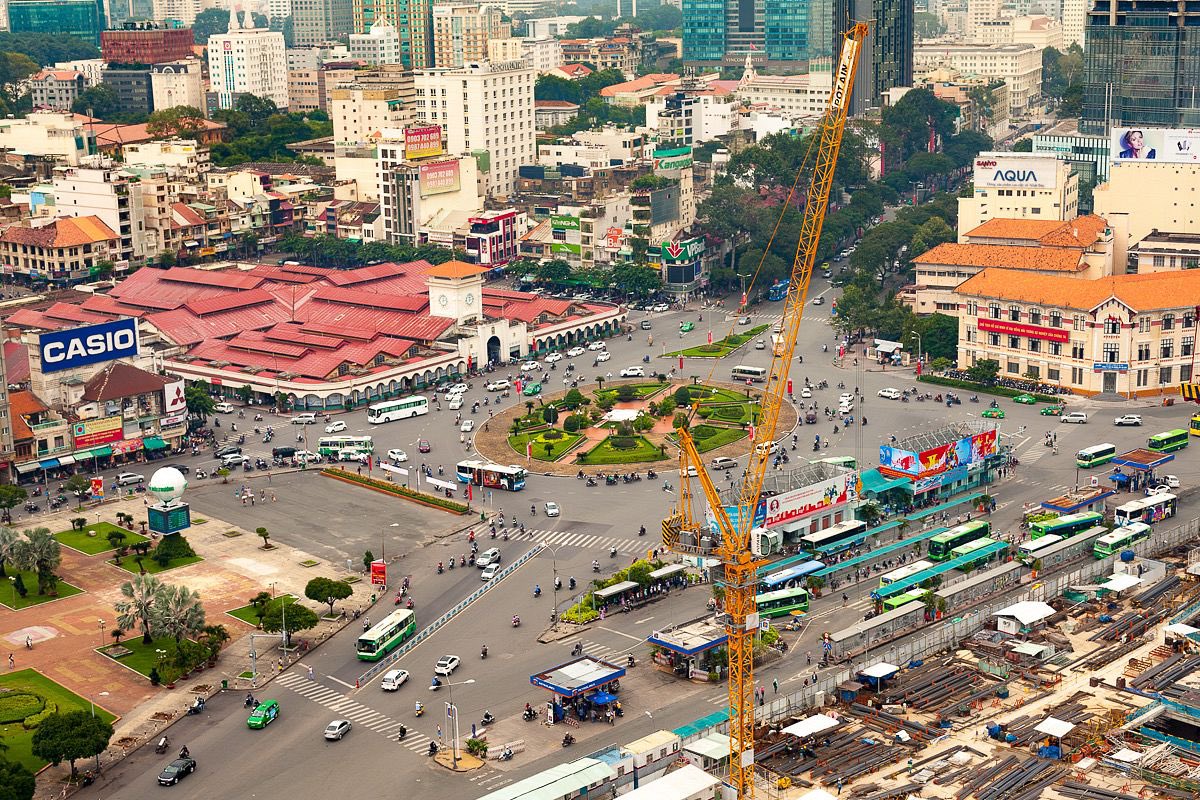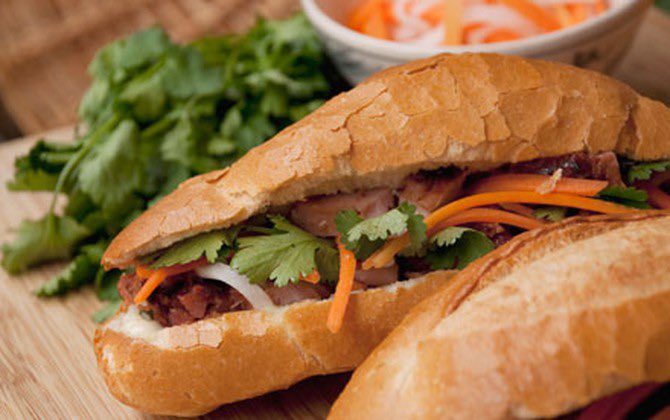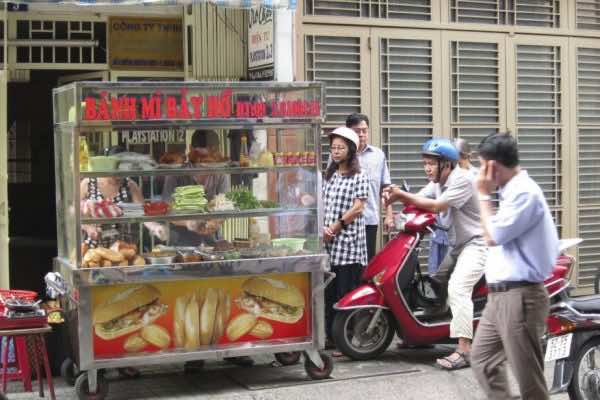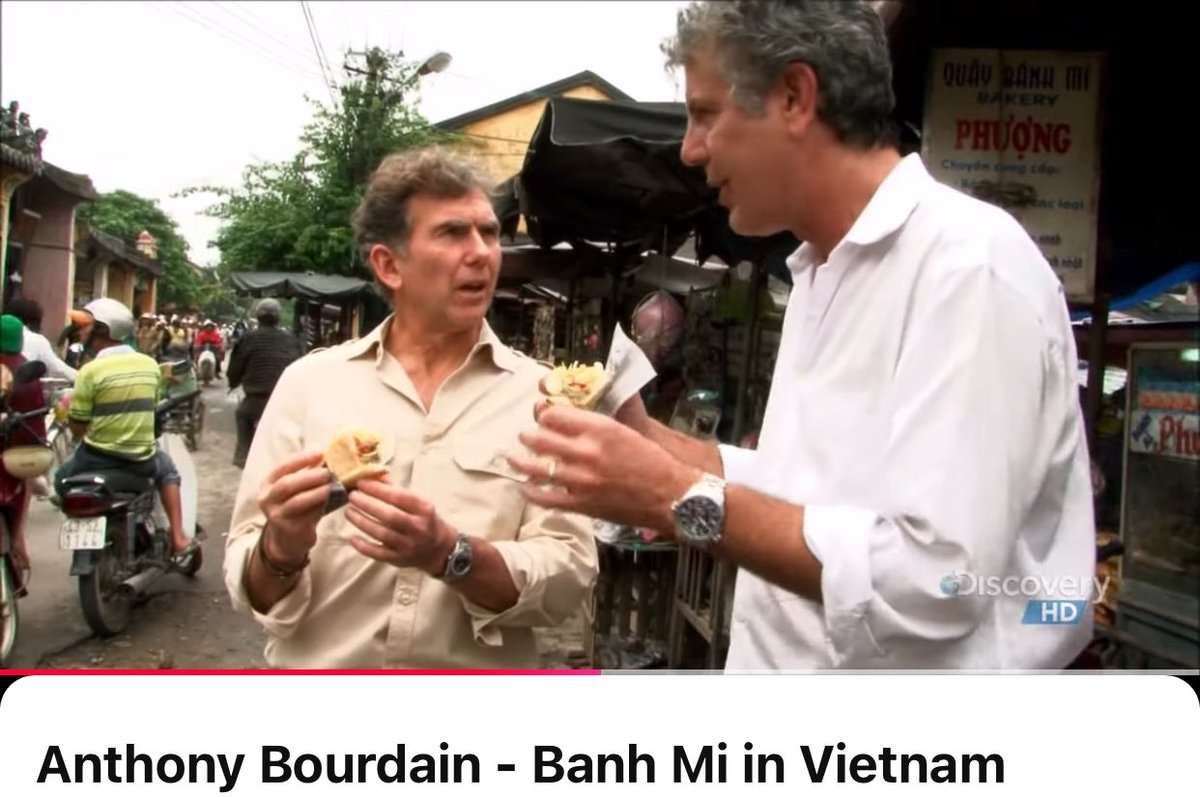1/ Apocalypse Now: The Club
Many of you will stream Spike Lee's #Da5Bloods on Netflix this weekend.
An early scene takes place in a Ho Chi Minh City club, Apocalypse Now (aka Apo).
I lived in HCMC for 5 yrs and went to Apo ALOT.
The club has a crazy story.
Here it is. 👇
Many of you will stream Spike Lee's #Da5Bloods on Netflix this weekend.
An early scene takes place in a Ho Chi Minh City club, Apocalypse Now (aka Apo).
I lived in HCMC for 5 yrs and went to Apo ALOT.
The club has a crazy story.
Here it is. 👇
2/ The venue is named after the classic 1979 Vietnam War movie, Apocalypse Now.
It was directed by Francis Ford Coppola, capping off the greatest stretch a filmmaker has ever had:
1972: The Godfather
1974: The Conversation
1974: The Godfather II
1979: Apocalypse Now



It was directed by Francis Ford Coppola, capping off the greatest stretch a filmmaker has ever had:
1972: The Godfather
1974: The Conversation
1974: The Godfather II
1979: Apocalypse Now




3/ The film (adapted from Joseph Conrad's Heart of Darkness) is extremely dark and its production was insane:
∙ Martin Sheen had a heart attack
∙ Marlon Brando showed up obese
∙ Filming halted by a typhoon that hit the Philippines
∙ Coppola almost bankrupted financing it



∙ Martin Sheen had a heart attack
∙ Marlon Brando showed up obese
∙ Filming halted by a typhoon that hit the Philippines
∙ Coppola almost bankrupted financing it

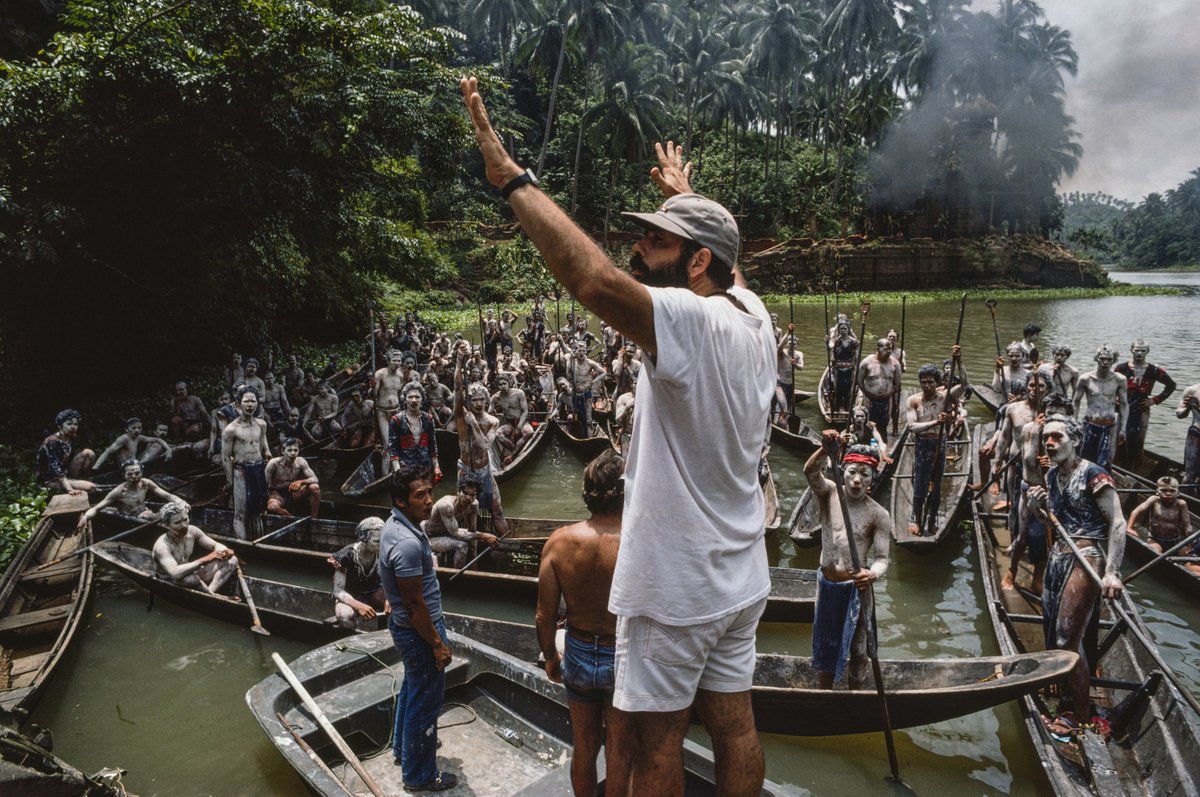


4/ The club named after the movie opened in 1991.
It was one of the first western-type nightlife venues in Vietnam after the Fall of Saigon (1975) and the implementation of semi-free market Doi Moi economic reforms (1986) but before normalization of relations with the US (1995).
It was one of the first western-type nightlife venues in Vietnam after the Fall of Saigon (1975) and the implementation of semi-free market Doi Moi economic reforms (1986) but before normalization of relations with the US (1995).
5/ Per a 1992 Reuters article, the club's founder was a 25-year old Vietnamese who went by a single name (Diep).
He was capitalizing on the in-flow of foreigners as the Communist party relaxed its hardline ways.
He named it Apocalypse Now because "everyone knows the movie".

He was capitalizing on the in-flow of foreigners as the Communist party relaxed its hardline ways.
He named it Apocalypse Now because "everyone knows the movie".


6/ Apparently for the club's opening, Martin Sheen signed the Apocalypse Now poster wall art that's seen in Da 5 Bloods (with greetings to Diep, of course). 

7/ The 1992 Reuter article continues:
"Old Saigon hands say the city is regaining some of its freewheeling wartime character, when tens of thousands of prostitutes plied their trade with American soldiers on leave."
Diplomats, expats, journos, biz-men, locals were all patrons.
"Old Saigon hands say the city is regaining some of its freewheeling wartime character, when tens of thousands of prostitutes plied their trade with American soldiers on leave."
Diplomats, expats, journos, biz-men, locals were all patrons.
8/ Today, Apo maintains the same character, with the same diverse mix of people.
The venue has a big cavernous dance floor where -- as my Viet cousins put it -- the "ladies of the night" congregate to techno music.
There is also inexplicably a "tiki" bar area...
The venue has a big cavernous dance floor where -- as my Viet cousins put it -- the "ladies of the night" congregate to techno music.
There is also inexplicably a "tiki" bar area...

9/ ...and my personal favourite, an outdoor BBQ pit that serves the best hot dogs in Southeast Asia. 





10/ For some inexplicable reason, the legendary haunt is only ranked 23rd in Tripadvisor's top nightlife venues in Ho Chi Minh City (or as the real OG's call it --> Saigon).
Whenever you can travel next and end up here (and you will), please help rectify this with some 5-stars.
Whenever you can travel next and end up here (and you will), please help rectify this with some 5-stars.

11/ Anyways, if you enjoyed...read my article I just wrote about Da 5 Bloods & The Vietnam War.
trungtphan.com/da-5-bloods-sh…
trungtphan.com/da-5-bloods-sh…
• • •
Missing some Tweet in this thread? You can try to
force a refresh



